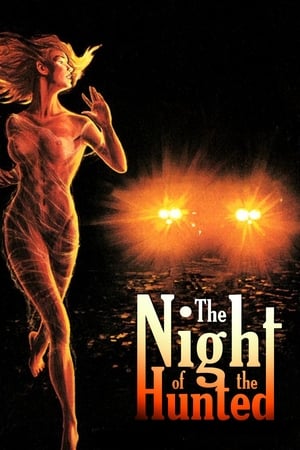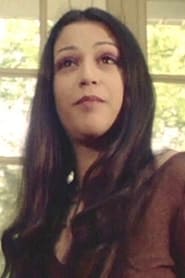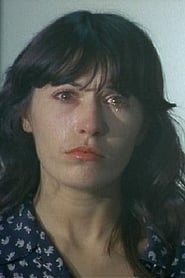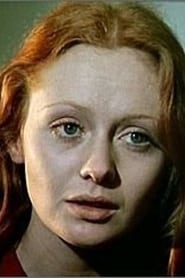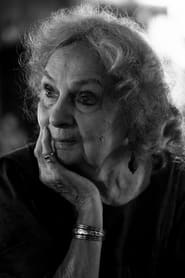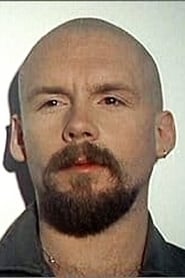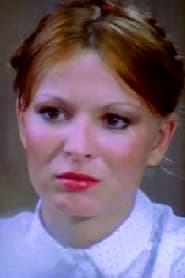Cast
View AllBrigitte Lahaie
as Élisabeth
Alain Duclos
as Robert
Bernard Papineau
as Le docteur Francis
Rachel Mhas
as Solange
Cathy Stewart
as Catherine (alias Catherine Greiner)
Dominique Journet
as Véronique
Natalie Perrey
as La vieille femme
Cyril Val
as Alain, l'infirmier violeur (alias Alain Plumey)
Élodie Delage
as Marie
Jean Hérel
as Jacques
Grégoire Cherlian
as Le gardien de la tour
Jean Cherlian
as L'homme de main du docteur Francis
Christiane Farina
as Christiane
Marilyn Jes
as L'internée à l'album de photos (non créditée)
Crew
Director
- Jean Rollin
Producer
- Monique Samarcq
Reviews
Sofia Florina
First of all I watch this film because of **Brigitte Lahaie** and this is also the first **Jean Rollin** film I have watched. I don't know if his other films are like this but in general this film is a bit 'illogical'.
I like the tranquility and subtlety of this film, mostly because of its urban settings, it's lovely according to me. The 'enough' nudity, including a soft sex scene which I think is actually optional, is shown in this film and adds to the flavor of this film even though it will be eaten away by its flimsy plot. It's thrilling of course, plus with some 'bright red' blood, you know what I mean.
However, this film is slow, yes it's slow and personally I generally don't like slow films. There are many scenes which actually may not be 'slow' but it seems like they are intentionally made that way to make the audience expect what will come next. It might be meant to accompany the 'illogical' plot, maybe. There is almost no story development of course but thankfully there is a lot of dialogue.
People don't have to read subtitles to understand a film like this but it's melancholy when you know what the characters are talking about, especially since this film heavy on dialogue. I can't say if the ending of this film is good or not but it's ethereal. The last thing I want to say is that it is not pleasant to see people who have no memory whatsoever who are like 'blanks' in a mental institution but they feel locked up or imprisoned there and want to get out of there.
Quote from the film:
_The only thing left for us to do is to touch our own bodies. It's our only pleasure. The only one we don't forget._
Mar 29, 2025
Thematic Analysis
The Night of the Hunted represents a fascinating example of cinema, offering viewers a unique perspective on the human experience and societal structures. The film's approach to its themes demonstrates a creative vision that distinguishes it within its genre.
Director Jean Rollin brings their distinctive visual style to this film, continuing their exploration of themes seen in their previous works while adding new elements. Their approach to pacing and visual storytelling creates a viewing experience that rewards close attention.
Released in 1980, the film exists within a cultural context that now offers viewers historical perspective on the social issues of that era. Its reception demonstrates the diverse reactions to its artistic choices and its place in cinema history.
Did You Know?
- The production of The Night of the Hunted took approximately 27 months from pre-production to final cut.
- The cast underwent specialized training for 4 weeks before filming began.
- The film contains approximately 1652 individual shots.
- Several scenes were filmed in multiple locations to capture the perfect setting.
Historical Context
- In 1980, when this film was released:
- Economic policies were shifting toward deregulation in many Western countries.
- Personal computers were beginning to transform homes and workplaces.
- Independent cinema was growing in influence, challenging the dominance of major studios.
How This Film Stands Out
While The Night of the Hunted shares thematic elements with other films in its genre, it distinguishes itself through its unique approach to storytelling, visual style, and character development.
Unlike Paycheck, which focuses more on action than character development, The Night of the Hunted offers a fresh perspective through its innovative visual language and narrative structure.
While films like A Fêmea do Mar and Freddy Eddy explore similar territory, The Night of the Hunted stands apart through its deeper exploration of its central themes and more complex characterization.
This film's unique contribution to cinema lies in its bold artistic choices and willingness to challenge viewer expectations, making it a valuable addition to its genre.
Details
- Release Date: August 20, 1980
